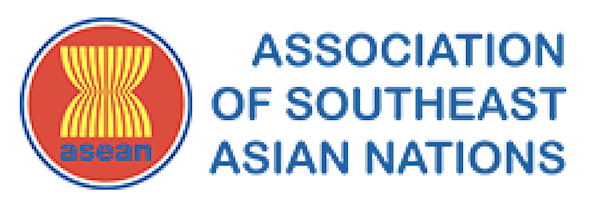Peat is organic material, consisting largely of residues of the incomplete decomposition of plants under conditions of waterlogging. Peatlands ar distributed in all climatic zones from boreal, temperate and humid tropical zones, in both the northern and the southern hemisphere where vr suitable climatic and edaphic condition prevail.
Over 12% of the global peatland occur in humid tropical zones and 10% of these are found in the South East Asian region, covering about 32.94 million hectares.
Unlike that of boral and temperate region, where peat is mainly derived from remains of low growing plants such as Sphanagum and Gramineae, tropical peat is formd from forest trees. Consequently its physical and chemical properties and the vegetation it supports are different from the temperate counterpart. As such, tropical peatlands’ ecosystems ar unique because they are both rainforests and peatlands. Not only does their existnce depend upon precise environmental condition, but they also influence the environment itself.
Apart from performing many of the usual functions of wetlands, they have special important attributes to carbon fixing, sequestering and storing which is vital of the world’s climate system. They are also performing important role in maintaining global biodiversity and serve as irreplaceable palaeo-environmental archives.
Distribution and Status of Peatlands in Brunei
Brunei is well endowed with large areas of pristine peatlands. Peat swamp forests are the most widespread types of swamp forests found in Brunei. The greater proportion of peatlands occur at low altitude, near the coast, from sea level to about 50 metres above mean sea level, although pockets of peatlands are found in highland areas which are referred to as ‘kerangas’ or tropical heatland.
Based on their topological location, mode of formation, their age and depth, three categories of peatland has been identified in South East Asia. All are commonly found in Brunei.
Coastal Peatland is located in sub-coastal and deltaic areas where they have developed in a seaward expanding delta. Coastal peatland is the most extensive type found in Brunei. The largest most developed coastal peatland is the Belait Peat Swamp.
Basin or River Valley Peat occur inlands along river valleysat levels usually 5-15 metres above mean sea level, forming a transition between th basin swamps and the swamps in the interior. Main areas in Brunei are along th middle and lower reaches of River Tutong and Belait. In terms of absolute age they are much older than the coastal peats.
Highland Peatland type of peat develops in elevated sites on wet mountains and plateaux along low altitude rivr terraces or raised beaches. This type of patland is genarally smaller in area. Pockets are found on the Labi and Ladan Hills in the Belait District, the Ladan Hills in the Tutung Districtand in the Temburung Highlands.
Status of Peatlands
Interest to ensure sustainability of the resources and the environment by relevant authorities has been translated into several laws and public policies. A more consistent protection policy was adopted in the Fifth National Development Plan (1982-87). Under the 1984 enactment , all national forest land was assigned as forest reserve under four functional categories:
Protection forests are unexploitable intended primarily to keep intact the forest conditions; protecting critical soils and water resources, keeping the country green and beautiful and the climate invigorating; and helping to prevent or minimise the occurance of floods, draughts, erosion, desertification and atmospheric pollution.
Conservation forests are undisturbed forestsfor the purpose of preserving in perpetuity the wildlife, flora, fauna and other elements of the ecosystem for scientific, educational and other special uses.
Production forests are natural and man-made forests for the principal purpose of supplying the country’s requirements on timber.
Recreational forests are reserved and developed for outdoor recreation in order to enhance well-being of the country’s citizens.
Value of peatlands in Brunei
Agriculture
Brunei Darussalam’s favorable economic and demographic circumstances have enabled this country to avoid puting pressure on its resources. Large proportion of peatland particularly the deep peat of the Belait Basin is still intact and in its natural condition. These peatlands have escaped overly intnsive human impact due to their inaccessibility, remoteness and unsuitability of cultivation. Howvever, all shallow peatlands (shallow are those which have lass than 1 metre of peat) have been transformed, particularly those in the Brunei Muara District.
Forestry
Though the forests consist of magnificient stands of valuable hardwood Shorea albida, hollow logs that do not float and the swampy terrain have hampered their extraction. However, this may not be for long. Logging concessions have been given for timber extraction, particularly the highland peatland of Labi Hill. Logging is also taking place in the Balait Peat Swamp.
Housing
In view of the demand to satisfy socio-economic expectation of the current and increasing human population, the National Development Plan has granted the opening up of new areas, including peatlands, for development, particularlay to fulfill the national long term goal of providing the people with housing. In the last decade a number of areas to north of the Belait Peatland have been converted for housing schemes and other commercial and industrial purposes.
Updates-Brunei Darussalam
Draft National Action Plan for Brunei within the APMS framework. Version 2 10 February 2008








